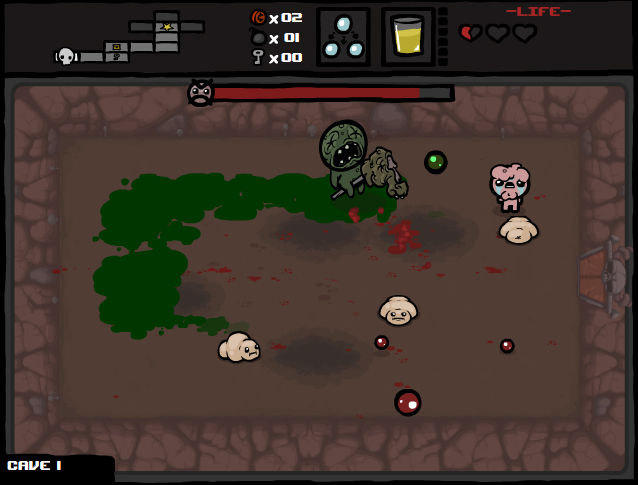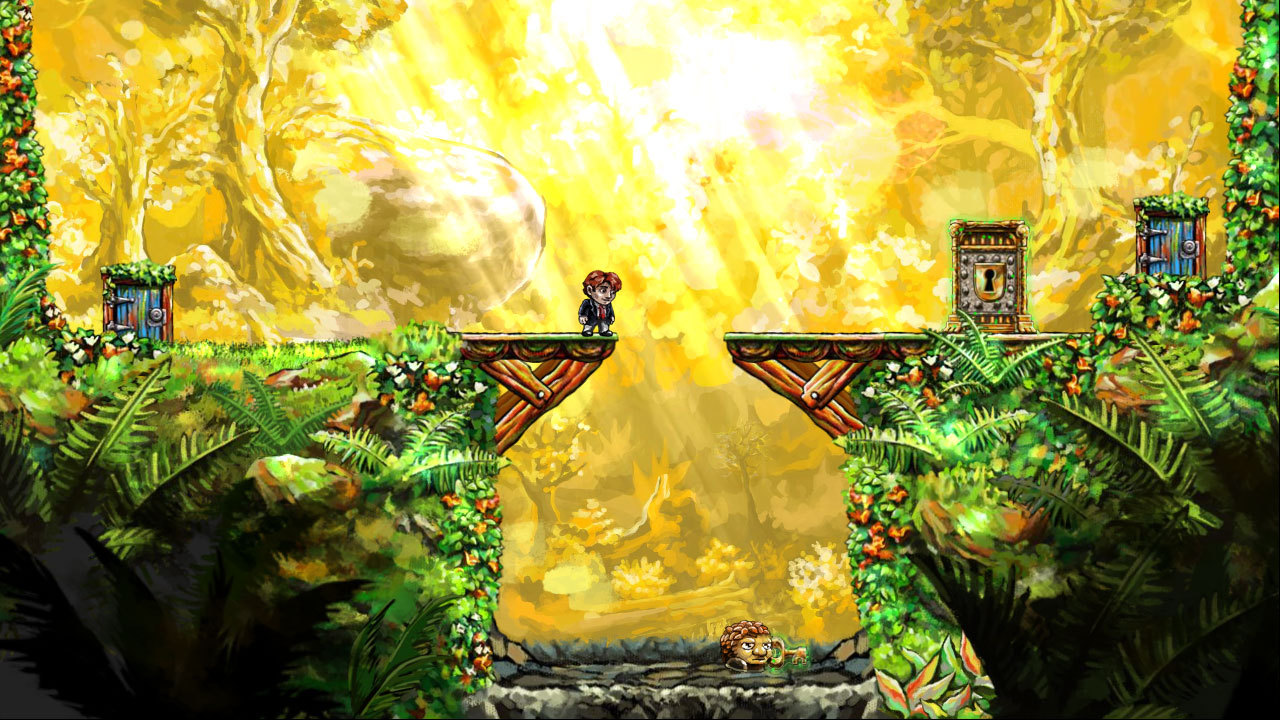Now that another year is over, I want to take the chance to look back at some of the games I worked on in 2016 and what they meant to me personally. So let's get right to it:
Snail Trail (January)
Tanks Ballet (June)
With Tanks Ballet I wanted to see if I can actually can come up with an interesting and pretty artstyle without limiting myself to 'only if I can draw it in two minutes (or generate it via code)'. So I came up with the game's one-bit aesthetic. And I really fell in love with it. It was more complex than most things I had done before, but still fairly fast and easy to produce good-looking results in. I liked it so much, I'm using a very simmilar style in my current card-game project (More on that further down).
I'm generally not that confident in my drawing abilities (hence my aversion to it). But this was the first time I felt like I actually found a style that I enjoy and feel comfortable working in. I'm not sure how long it will take for me to get bored of it, or if I ever will. And I have been thinking about whether or not I even want to develop a certain recognizable visual style instead of experimenting with new ones for each game. I don't know. We'll see. Until then, I'm rediscovering how much fun digital painting can be.
Loco Motion (August)
This one came as a real surprise for me. For Ludum Dare 36 I made Loco Motion, in which you draw wheels on a physics-enabled vehicle and watch it try to beat an obstacle course. The game didn't get too much attention upon release, just the usual amount of people finding it mostly through the Ludum Dare site. That is, until I submitted it to be part of the Good Bundle. The Good Bundle was a big indie game bundle for charity that got some attention among the indie gaming community. And with that, Loco Motion got some attention too.
On the bundle's launch day alone, Loco Motion got over 500 views, which is more than most of my other games (except 2) currently have in total. At the time of writing, it has over 5000 views and almost 1000 downloads. Now, more than a month later, it still gets around 20-30 views a day. (For comparison, DYO currently gets around 5-10) These numbers might not sound like much, but I only have the frame of reference of my own games. And compared to those, Loco Motion was huge.
Which was weird for me, because I myself don't think it's that good of a game. I think it's lazily designed and has no real depth or interesting mechanics. For a while, I was honestly a bit anxious about this being my most 'successful' game yet. This wasn't the game I wanted to be known for.
Then in December, I got the opportunity to show the game at the AMAZE X-Mas market (thanks to BerlinGameScene.com). It was the first time I publicly showed the game and saw other people play it. And they loved it. It was amazing to see that many people genuinely enjoy themselves playing my game. This made me realize that even if a game doesn't mean that much to me, it can still bring joy to someone else's life. And for me, that alone is more than enough of a reason for it to exist. So I guess in a weird way, Loco Motion accidentally became the first game I made for someone other than myself. And I'm fine with that.
 |
| Loco Motion at the AMAZE X-Mas Market (Photo by Lorenzo Pilia) |
 |
| Players shared their creations (Photo by Lorenzo Pilia) |
0h (October)
I made this as part of the #0hjam, which is an online game jam that takes place in the one extra hour between daylight savings each year. I liked the concept of the jam, so I extended it into my game; you can only play it during the same daylight savings hour each year. Can't really say too much more about it, since I don't want to spoil the experience. You'll just have to wait another 298 days to see for yourself.
behold the cryptic (December)
For the last Ludum Dare, I teamed up with Ooku (who makes really cool games and music; go check him out!) and we made a weird little game-thingy. We had never met or worked together before; he just wrote me a mail one day because he found me on itch.io and asked if I wanted to do a collaboration. So we did.
The game we made is simple and weird and far from perfect, but I still like it very much. Primarily because it has so much personality. It plays like a mixture between two different game making styles and if you look closely, you can definitely see the influence each of us had on the final game. To me, that makes it super-interesting and likeable.
I have to admit that I tend to be a bit wary of working with people I don't know very well. I think it's mostly because I'm afraid that I might disappoint them. It's a fear I've been actively trying to get over, so this was a big step for me. And it worked out great. My plan is to see if I can get to work with a different person on each Ludum Dare from now on.
So if you're reading this and you'd like to make a game with me, don't be shy. Seriously, just hit me up. I don't even care about your skills. Let's just have some fun and make a thing together!
Cocktail Mafia (in progress)
Cocktail Mafia is an analogue card game I only started to work on pretty recently. It's a party game in which players invent actual cocktail recipes and try them out. This is an interesting project because it might be my first game that's intended to not only be fun, but also an exploration of certain social dynamics. Balancing those two aspects might turn out to be a difficult task, but I'm looking forward to the challenge. Also, noone has played the game as of yet, so I'm really excited to start playtesting and see how people respond to it.
DYO (in progress)
Yeah, this game is still in development. Initial plans to release in 2016 didn't turn out to be realistic with most of the team currently working full-time on other things. I'm pretty confident that we'll get it done this year though.
We got to show DYO at AMAZE, which was pretty cool. And shortly after, we released a free demo. It has also been shown on some other events in the US and UK. It's great to see the game starting to get some attention, and I hope that we can deliver on everything people are now expecting from us.
Needless to say, this project is currently the most important one for me personally, as it's reception will probably have quite a big influence on what I decide to with my life once the game is finished. Regardless of that though, it's also a project that I'm super proud of starting and bringing this far.
In summary:
I think 2016 was pretty good.
















